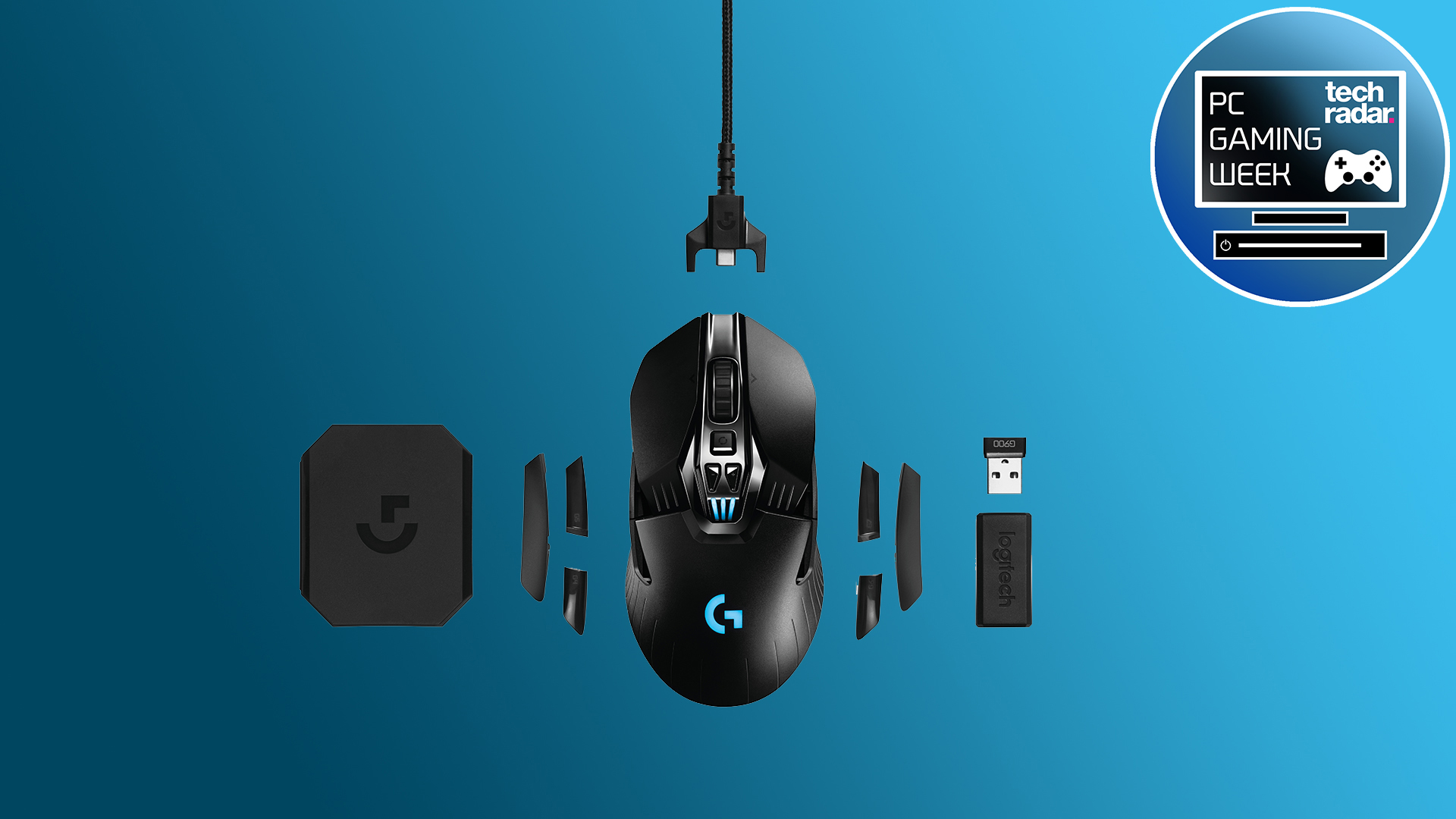
Logitech is one of those names you’ll probably find all over your house. Whether it’s a mouse or keyboard, your universal remote, computer speakers or a webcam – Logitech makes a lot of things. However, one of the company’s biggest divisions is gaming, which produces many of the peripherals you’ll find in eSports today.
Beyond making gaming gear for professional players, though, there’s a far richer history and and development process behind every device Logitech G produces.
- This is the best mouse you can buy for your PC in 2017
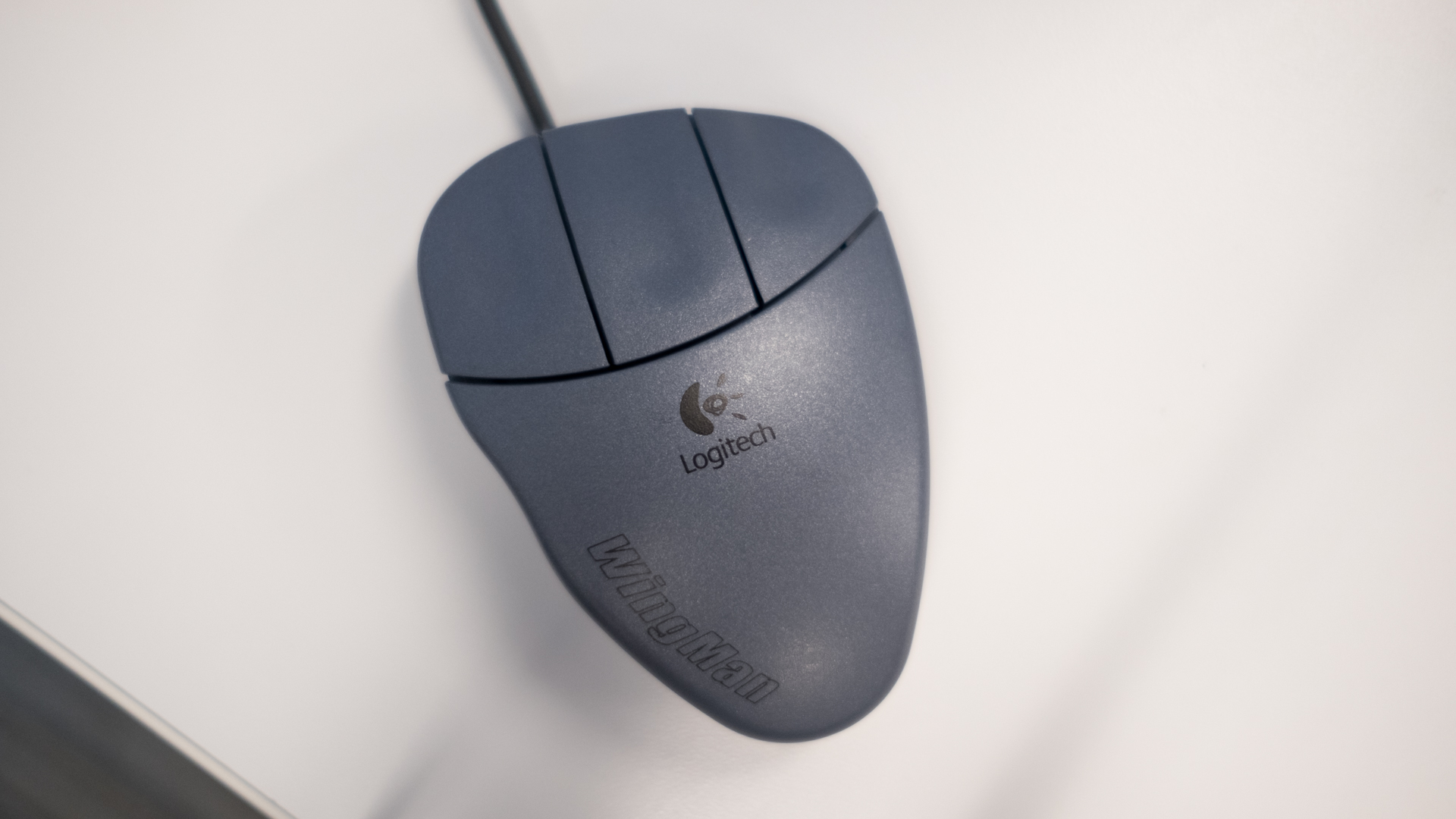

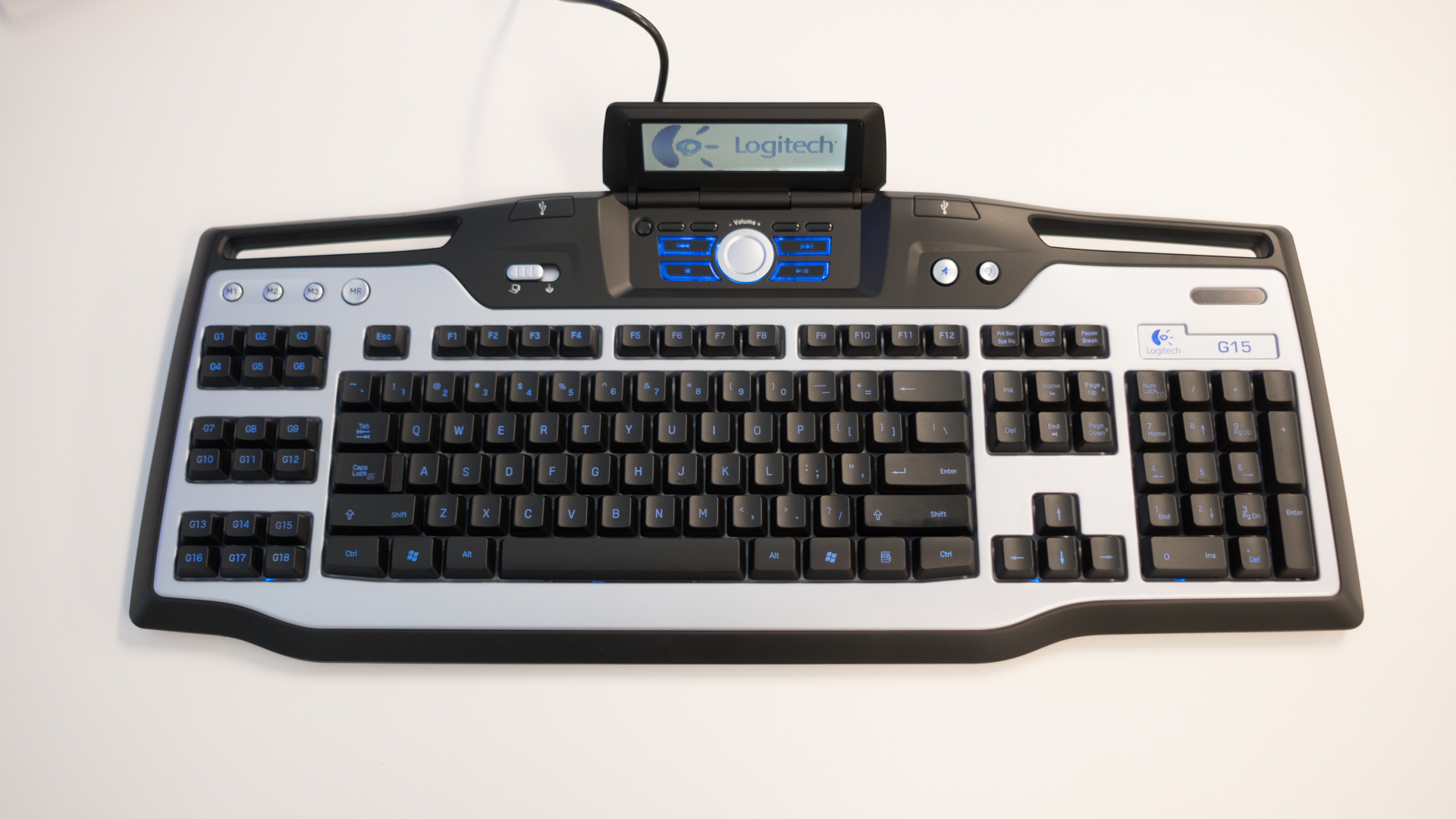
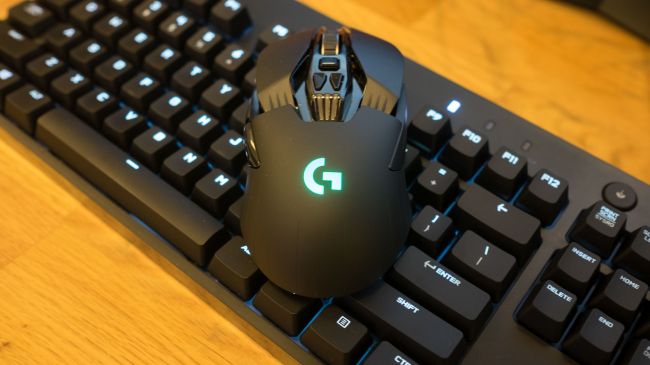
Logitech first planted its roots in gaming more than 20 years starting with the original Wingman joystick that released in 1995. A few years later, the company debuted their first Wingman gaming mouse in 1998, which sparked their history of excessively engineered experience. This bear-claw shaped peripheral came with a custom driver and USB port giving it a five-times faster reporting rate than any PS2-port connected mouse at the time.
Gamers consider a number of Logitech peripherals to be legendary, including the MX518 gaming mouse and G15 gaming keyboard. Most recently, the G900 Chaos Spectrum has been heralded as the ultimate wireless gaming mouse by ourselves among many others.
To make a peripheral as good as the Logitech G900, the company goes through a painstaking process of engineering and testing that’s on the level of NASA or any other research facility. While on a trip to the West Coast, we were invited to see some of this process at Logitech’s office in Newark, California.

Wireless perfected
At the heart of the G900 is a new Lightspeed Wireless module that not only produces a strong signal but is designed to be faster than a wired connection.
Obviously, such a feat requires a lot of testing.
Get daily insight, inspiration and deals in your inbox
Sign up for breaking news, reviews, opinion, top tech deals, and more.
So to this end, Logitech rolled the mouse around a giant wheel for weeks on end to monitor its performance. All while it the team simulated some of the harshest radio signal saturated situations. This was done to see how it stood up against its own wired performance and against other wireless mice competitors.
In another test, Chris Pate, Portfolio Manager, went on to explain just how their mice are tested for tracking speed with a catapult.
“It goes up to a little over 500 inches per second and it still can’t break the sensor–” Pate says. “It’s far beyond what a human can do, not without breaking ligaments and stuff.”
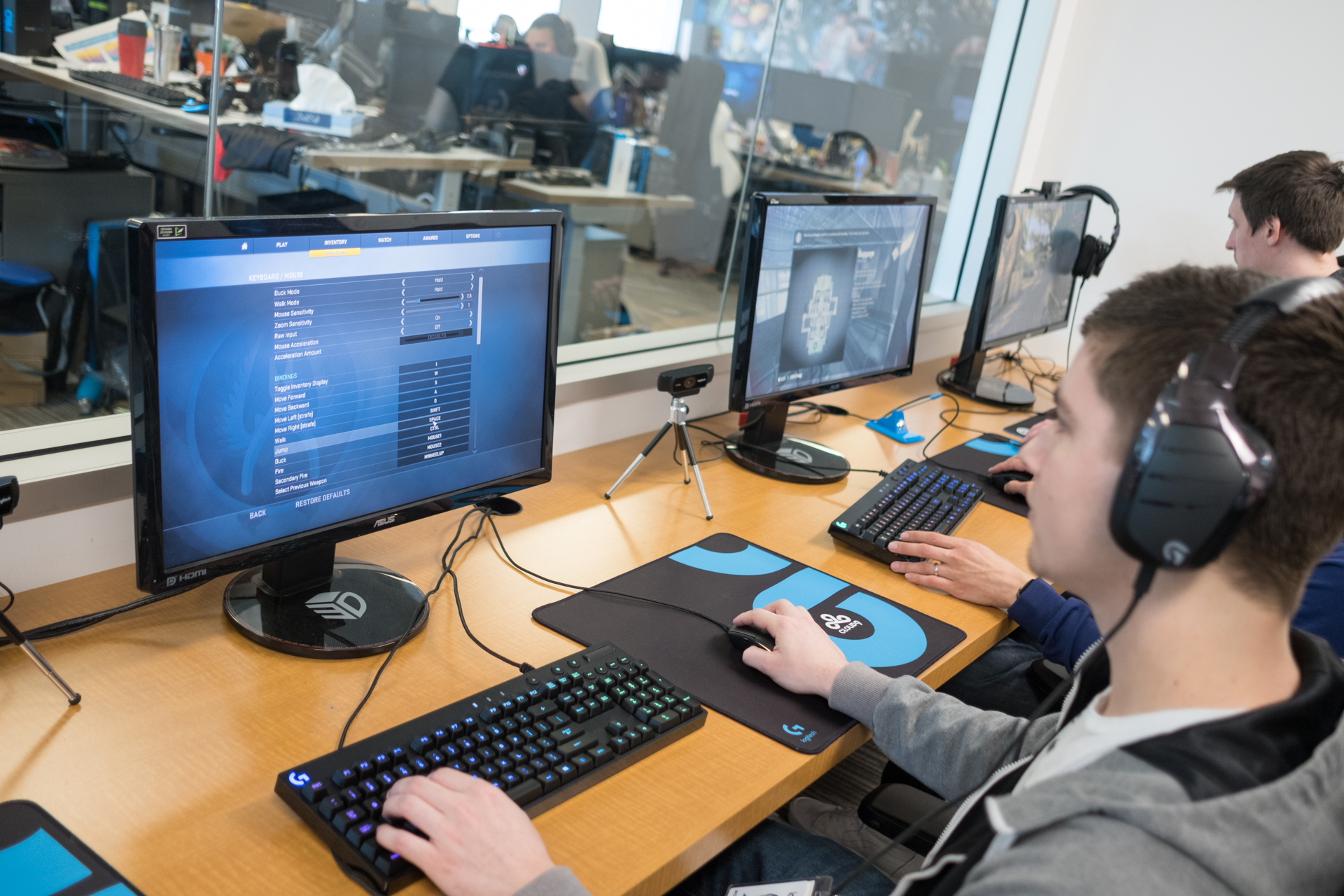
The human touch
That’s just a few examples of the of extreme testing that happens at Logitech. However, beyond the machine and synthetic testing, Logitech also has a room set aside for eSports players to come in and give feedback on peripherals still in development.
“When you ask them about comfort they’ll palm the whole thing and when they play they’ll keep changing their grip constantly,” Ujesh Desai, vice president and general manager of Logitech G says.
“Sometimes they’ll verbalize this, some are better at communicating than others,” he says. “So you kind of have to just watch them and just by seeing their actions, you can figure out whether they like the product or not.”

The eSports room is a recent development and originally began as a training space to accommodate players traveling to the west for events. Since then, the added human input has been invaluable for Logitech and was crucial for the launch of the G303 Daedalus Apex.
“It was two months before we were going to get ready to launch, we sent it out to and we got feedback that they really didn’t like part of the shape,” Desai recalled. “So we literally delayed the launch to go fix that.”
All of this testing is a big point of pride for Logitech and it shows in the products that have been widely regarded by professionals gamers and regular users.
“Why do we test to this crazy amount?” Desai asked. “We just believe in having the best science period.”

Welcome to TechRadar's 3rd annual PC Gaming Week, celebrating the almighty gaming PC with in-depth interviews, previews, reviews and features about one of the TechRadar team’s favorite pastimes. Missed a day? Check out our constantly updated hub article to see all of our coverage in one place.
Kevin Lee was a former computing reporter at TechRadar. Kevin is now the SEO Updates Editor at IGN based in New York. He handles all of the best of tech buying guides while also dipping his hand in the entertainment and games evergreen content. Kevin has over eight years of experience in the tech and games publications with previous bylines at Polygon, PC World, and more. Outside of work, Kevin is major movie buff of cult and bad films. He also regularly plays flight & space sim and racing games. IRL he's a fan of archery, axe throwing, and board games.
